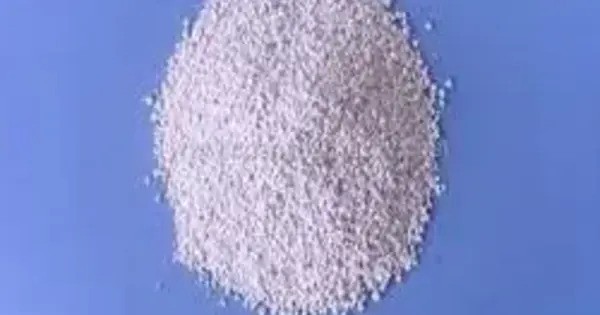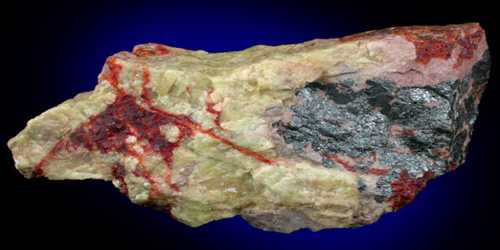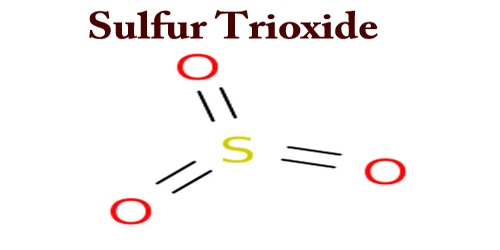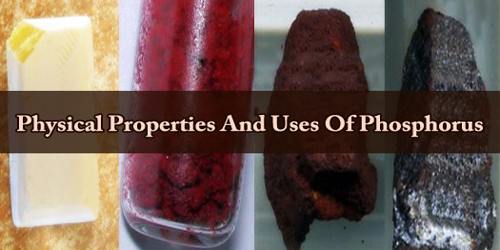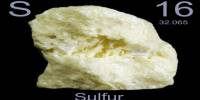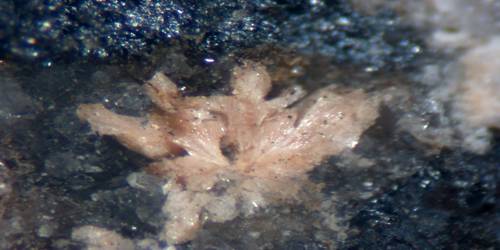Dicalcium ruthenate, with the chemical formula Ca2RuO4, is an inorganic compound composed of calcium (Ca), ruthenium (Ru), and oxygen (O). It is part of the family of ruthenates, which are compounds containing the ruthenate anion or ruthenium in high oxidation states. It typically appears as a black or dark gray solid and crystallizes in a distorted perovskite structure. At high temperatures, it shows metallic behavior, but transitions to an insulating state upon cooling. It is mainly used in research rather than commercial applications.
It is a stochiometric oxide compound that hosts a multi-orbital (band) Mott insulating ground state. For this reason, Ca2RuO4 serves as an important “meeting-point” between conceptual developments of strongly correlated multi-band physics and advanced experimental spectroscopies. Its electronic structure and also orbital magnetism are therefore subjects of experimental and theoretical scrutiny.
Properties
- Chemical formula: Ca2O4Ru
- Molar mass: 245.22 g·mol−1
- Molecular weight: Approx. 287.23 g/mol
- Crystal system: Orthorhombic (typically, but may vary based on synthesis)
- Color: Usually black or dark gray powder
- Magnetism: Paramagnetic or antiferromagnetic behavior
- Electrical Conductivity: Semiconducting or insulating
- Thermal Stability: Stable at high temperatures under oxygen
- Structure Type: Layered perovskite-related structure
Electronic properties
Around 350 K, Ca2RuO4 undergoes a metal insulator transition which involves a crystal structure transition leading to a strong c-axis compression. Negative thermal expansion has also been reported in conjunction with this c-axis compression. The metal insulator transition is sensitive to electrical current. Below 80 K, an anti-ferromagnetic ordering emerges.
Related materials
Ca1.8Sr0.2RuO4 has been proposed as a candidate system for orbital selective Mott physics. The bilayer compound Ca3Ru2O7 is metallic, but display a sequence of electronic transitions below 60 K. Finally, Sr2RuO4 hosts an unconventional superconducting state.
Occurrence
Dicalcium ruthenate does not occur naturally and is synthetically prepared in laboratories. Ruthenium itself is a rare transition metal found in platinum ores and associated with other platinum-group metals (PGMs), but its complex oxides like Ca₂RuO₄ are man-made.
Synthesis
Typically synthesized by solid-state reaction:
Starting materials: Calcium carbonate (CaCO₃) or calcium oxide (CaO), and ruthenium dioxide (RuO₂).
Reaction (simplified):
2CaO + RuO2 → Ca2RuO4
Heating at temperatures between 800–1100 °C in an oxygen-rich atmosphere is common.
Applications & Research Interest
- Solid-state physics: Studied for its interesting electronic and magnetic properties.
- Materials science: Investigated as part of the broader class of ruthenates, which show a range of exotic properties (e.g., metal-insulator transitions, unconventional superconductivity in related compounds like Sr₂RuO₄).
- Catalysis: Ruthenium-based oxides are sometimes explored for catalytic applications, though Ca₂RuO₄ itself is less common in this role.
